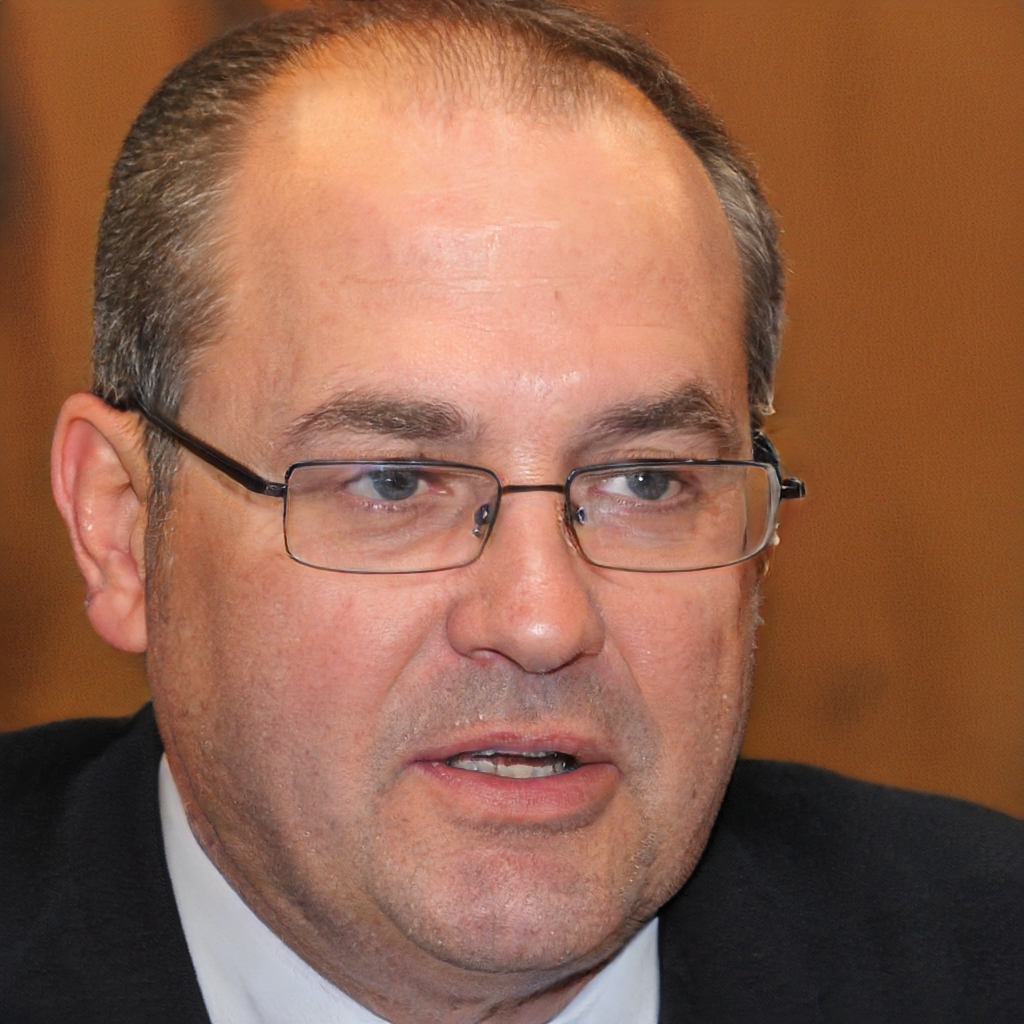Discover the Secret SaaS Profitability Drivers for Growth

In the fast-paced world of software-as-a-service (SaaS), discovering the top SaaS profitability drivers can mean the difference between simply breaking even and establishing a thriving, sustainable business. By focusing on the right metrics, strengthening customer relationships, and continuously refining your product offerings, you can build a profitable foundation that supports long-term growth.
Measure your key metrics
One of the most important steps in improving SaaS profitability is tracking the right numbers. Key metrics such as Customer Acquisition Cost (CAC), Customer Lifetime Value (LTV), churn rate, and the payback period guide you in determining whether your investments in marketing and product development are paying off.
- CAC: Calculate it by dividing your total sales and marketing costs by the number of new customers acquired. According to Stripe [1], this helps you keep an eye on how expensive each new customer really is.
- LTV: Compare it to your CAC to ensure you’re getting a profitable return. A healthy ratio is around 3:1, as noted by Founders Advisors [2].
- Churn rate: This indicates the percentage of customers canceling or not renewing, directly affecting your revenue and ability to recover acquisition costs.
- Payback period: Ideally under 12 months, it shows how quickly your subscription fees offset your CAC, suggesting efficient use of sales and marketing investments.
Refine your pricing model
Pricing influences both short-term earnings and long-term profitability. When you clarify the value your product delivers, you can confidently set prices that reflect that worth, rather than simply matching competitors.
- Tiered pricing: Offering multiple packages at different price points ensures each customer finds the right match. Most SaaS companies rely on this approach, as reported by Cobloom [3].
- Per user vs. per active user: Per active user pricing only charges customers who actually use your software, promoting higher adoption rates.
- Freemium: Providing a free version entices prospects to try your product and experience its value before upgrading.
If you’re looking for ways to build more robust pricing structures, take a look at how you can align them with saas profitability strategies to keep revenue growing steadily over the long haul.
Optimize cost of goods sold
Accurate calculation of Cost of Goods Sold (COGS) is key to understanding your true profit margins. Contrary to traditional software, SaaS expenses often include hosting, customer support, and technical maintenance necessary to deliver the service.
- Direct costs: Include hosting and infrastructure, support salaries, and other expenses directly tied to running your service. CloudZero [4] recommends maintaining clarity on which expenses belong in COGS to accurately track profitability.
- Exclude overhead: Costs like general administration, sales, and R&D usually fall under operating expenses, not COGS, ensuring more reliable margin calculations.
Strengthen customer retention
Retention goes hand in hand with profitability. By keeping loyal users engaged and upselling them on higher-tier plans or additional features, you can raise both LTV and overall revenue.
- Lower costs: Retaining a current customer typically costs far less than acquiring a new one [5], boosting margins and profitability.
- Personalized support: Tools like health scoring can help you spot customers at risk of churning, so you can address their concerns early.
- In-app engagement: Use guided tutorials and targeted messages to show users how to maximize your product’s features, making your service feel indispensable.
Balance growth and efficiency
While scaling your SaaS is exciting, you need to maintain healthy business fundamentals. Investors often look for the rule of 40 to gauge whether companies balance revenue growth with profitability. Paying attention to your SaaS magic number helps you identify if you’re recouping sales and marketing costs quickly enough.
- Rule of 40: Combining your revenue growth rate and profit margin to reach around 40 percent shows you’re sustaining the right mix of expansion and fiscal responsibility, as highlighted by Concordia Capital [6].
- SaaS magic number: If your magic number trends around or above 0.75, Founders Advisors [2] suggests you may consider investing more in sales and marketing.
Staying on top of these metrics and strategies is critical to building a pipeline of profitable growth. You don’t need to grow at all costs—focusing on efficiency and sustainable gains can ensure your SaaS business remains both competitive and stable for years to come.
References
- (Stripe)
- (Founders Advisors)
- (Cobloom)
- (CloudZero)
- (Custify)
- (Concordia Capital)

Related Posts
Unlock the growth of your SaaS business with the top “saas profitability drivers”. Discover the secrets to success now.